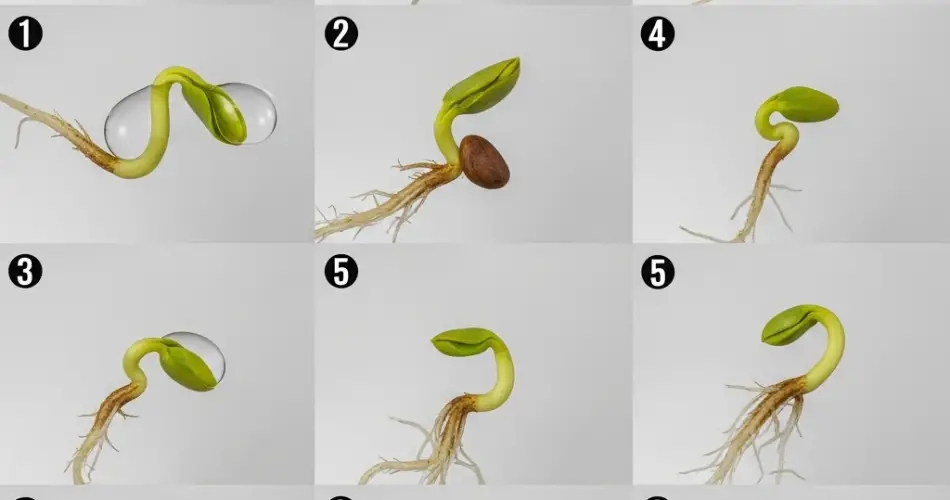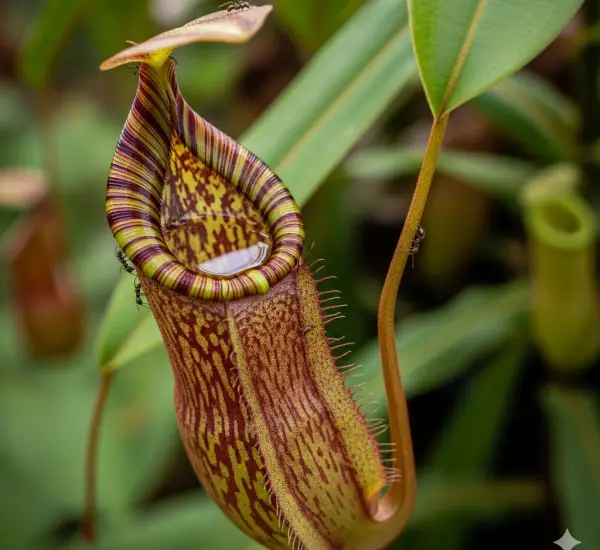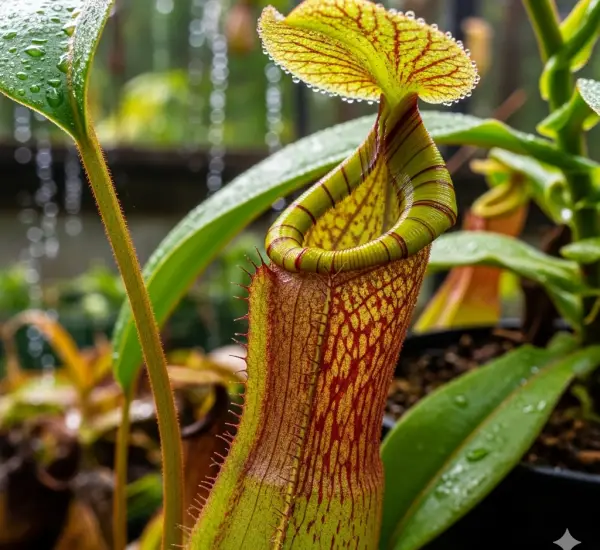Growing pear trees from seed is a rewarding and fascinating process that can be done right at home. While many gardeners purchase young pear saplings, germinating pear seeds yourself can be a satisfying way to learn about plant growth and propagation, and it may eventually lead to producing your own delicious pears.
This guide will walk you through everything you need to know about germinating pear seeds, planting them, and caring for your young pear tree, enabling you to cultivate pear trees successfully from the comfort of your home.
Understanding Pear Trees and Seed Germination
Pear trees (Pyrus species) are deciduous fruit trees prized for their sweet and juicy fruits. Growing pears from seeds takes patience, as the trees require time to mature before bearing fruit, often several years.
Germinating pear seeds requires mimicking their natural conditions, especially the cold stratification period that seeds undergo in winter before sprouting in spring. By simulating this process at home, you can encourage successful germination.
Step 1: Harvesting and Preparing Pear Seeds
If you plan to use seeds from fresh pears:
-
Choose ripe, healthy pears.
-
Cut the fruit open and extract the seeds.
-
Rinse the seeds thoroughly to remove any fruit residue.
-
Dry the seeds on a paper towel for a day.
Before planting, the seeds need to undergo cold stratification to break their dormancy.
Step 2: Cold Stratification of Pear Seeds
Cold stratification mimics the natural winter conditions required for pear seeds to sprout.
-
Place the cleaned pear seeds in a plastic bag with a moist medium such as peat moss, vermiculite, or a damp paper towel.
-
Seal the bag but leave a small gap for air exchange.
-
Store the bag in the refrigerator at about 4°C (39°F) for 8 to 12 weeks.
Check periodically to ensure the medium stays moist but not soaking wet to prevent mold growth.
Step 3: Germinating Pear Seeds
After the stratification period:
-
Remove the seeds from the fridge.
-
Prepare small pots or seed trays with a well-draining seed-starting mix.
-
Plant the seeds about 1 inch deep into the soil.
-
Water gently but thoroughly.
-
Place the pots in a warm, bright location with indirect sunlight.
Keep the soil moist but not soggy. Germination may take a few weeks to a couple of months depending on conditions.
Step 4: Caring for Seedlings
Once your pear seeds sprout and seedlings emerge:
-
Continue to provide consistent moisture.
-
Ensure they receive plenty of light—around 12 to 16 hours of indirect or filtered sunlight daily.
-
Avoid exposing young seedlings to direct intense sunlight, which can scorch tender leaves.
-
When seedlings develop their first set of true leaves, transplant them carefully into larger pots with rich, well-draining soil.
Step 5: Transplanting and Growing Pear Trees
When your seedlings grow stronger and develop multiple leaves:
-
Gradually acclimate them to outdoor conditions by placing them outside during the day for several hours (hardening off).
-
Once hardened off, plant the young pear trees in the ground or larger containers.
Choose a location with:
-
Full sun (at least 6 hours of sunlight daily)
-
Well-draining, fertile soil
-
Adequate space for tree growth (pear trees can spread widely)
Water regularly, especially during dry spells, and mulch around the base to conserve moisture and regulate soil temperature.
Additional Tips for Growing Healthy Pear Trees
-
Fertilization: Apply a balanced fertilizer in early spring and mid-summer to promote growth.
-
Pruning: Prune pear trees annually to maintain shape, remove dead or diseased branches, and improve airflow.
-
Pest and Disease Control: Monitor for common pests such as aphids or codling moths and diseases like fire blight. Use organic pest control methods or consult local gardening experts for treatment.
-
Pollination: Pear trees typically require cross-pollination with another compatible pear variety nearby to set fruit, so consider planting two or more varieties if space permits.
How Long Until Your Pear Tree Bears Fruit?
Growing pear trees from seed is a long-term commitment. Seed-grown trees often take 5 to 7 years or more to begin fruiting, compared to grafted nursery trees which may bear fruit in 2 to 4 years. However, the journey of growing your tree from seed is educational and fulfilling.
Why Grow Pear Trees from Seed?
-
Satisfaction: Witnessing a pear tree grow from seed to fruit-bearing tree is a rewarding experience.
-
Cost-effective: Starting from seed is inexpensive and accessible.
-
Variety Exploration: Seeds from heirloom or unique pears allow you to grow potentially new varieties.
-
Learning: Gain hands-on experience with seed germination and tree care.
Conclusion
Germinating pear seeds at home and cultivating pear trees is a gratifying project that combines patience, care, and a bit of gardening know-how. By following the stratification and planting steps, nurturing seedlings, and providing proper care, you can eventually enjoy homegrown pears from a tree you raised yourself.
Though it takes time and effort, growing pears from seed is a wonderful way to connect with nature, learn about fruit tree cultivation, and add beauty and bounty to your garden.
Start your pear-growing journey today and enjoy the process of bringing new life from seed to tree!



